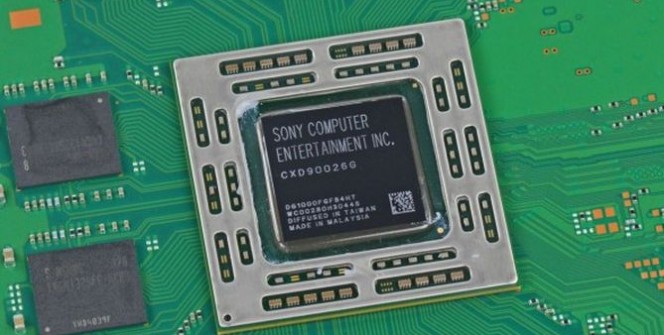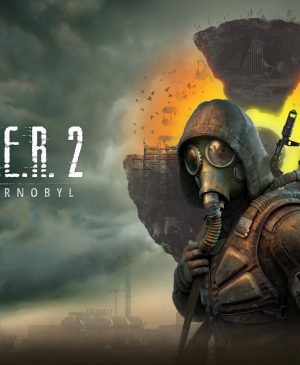TECH NEWS – Two factories in Ukraine produce neon, a key component in manufacturing chips. If nearly half of the world’s supply is made here, and the Russian invasion has halted production, there could be trouble brewing…
Reuters has reported that Ingas and Cryoin, Ukraine’s two largest factories, produce about 45-54% of the world’s semiconductor-grade neon, which is needed for the lasers used to make the chips. Techcet, a market research firm, estimates that the global consumption of neon for chip production last year was around 540 metric tons. However, both companies have stopped production because of the invasion. The coronavirus pandemic has already squeezed the production, and now, there could be a shortage of products because of another factor.
CFRA analyst Angelo Zino says that if the conflict continues for too long, production could be hampered: “If stockpiles are depleted by April and chipmakers don’t have orders locked up in other regions of the world, it likely means further constraints for the broader supply chain and inability to manufacture the end-product for many key customers,” he said. Before the invasion, Ingas produced 15-20,000 cubic metres of neon a month for customers in Taiwan, China, South Korea, the US and Germany, and the chip industry got 75% of its supply, according to Nikolay Avdzhy, the company’s chief commercial officer. Ingas is headquartered in Mariupol, one of the hardest-hit cities by the Russian invasion…
Cryoin was producing 10-15,000 cubic metres of neon a month, and they are also in a vulnerable area (Odessa). They stopped production on February 24 to keep their employees safe, according to Larissa Bondarenko, Cryoin’s business development director. She says they would not fulfil their order for 13,000 cubic metres in March if the invasion is not stopped. They could survive three months if the factory were closed. Still, if their equipment were damaged, it would severely impact its financial situation and make it harder to restart production. She’s not sure that the company would access the additional raw materials needed to purify neon.
According to the Taiwanese Economy Ministry, the companies there are already prepared: they have emergency stocks of neon, so there would be no supply problem on their part. The country’s central bank (TSMC, the largest chipmaker, is also based in Taiwan) confirmed it to Reuters. But smaller manufacturers could run into problems, says Lita Shon-Roy, president of Techcet. “The largest chip fabricators, like Intel, Samsung and TSMC, have greater buying power and access to inventories that may cover them for longer periods, two months or more. However, many other chip fabs do not have this kind of buffer. It will compound the issue of supply availability.”
Ukrainian neon is a byproduct of Russian steel production. Although China also produces the gas used in laser eye surgery, prices are rising rapidly. Prices, already under pressure from the pandemic, have increased by up to five times since December, Bondarenko says. According to a Chinese media report (citing Chinese commodity market information provider biiinfo.com), the price of 99.9% neon gas in China has risen from 400 yuan per cubic metre in October last year to more than 1,600 yuan per cubic metre by the end of February, a four-fold increase. According to data from the US International Trade Commission, neon had risen 600% before the Russian annexation of Crimea.
Although neon production could be launched elsewhere, Richard Barnett, marketing manager at Supplyframe, a provider of market information to companies in the international electronics sector, says it would take 9-24 months to ramp up. But Zino says it is unlikely that many would invest in such a venture if they see supply shortages as temporary…
Source: Reuters















Leave a Reply